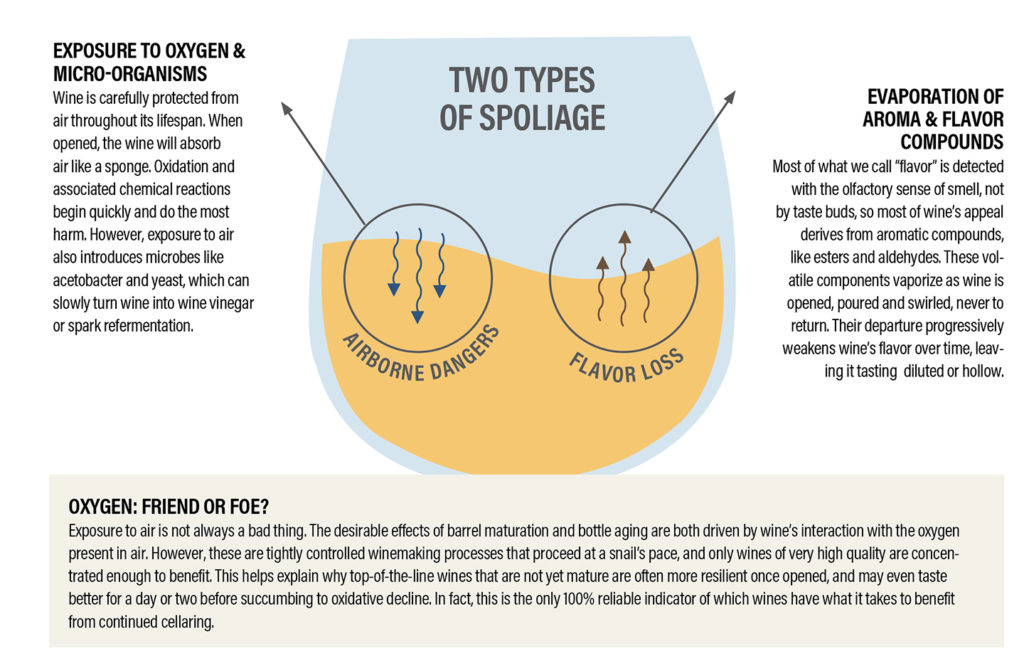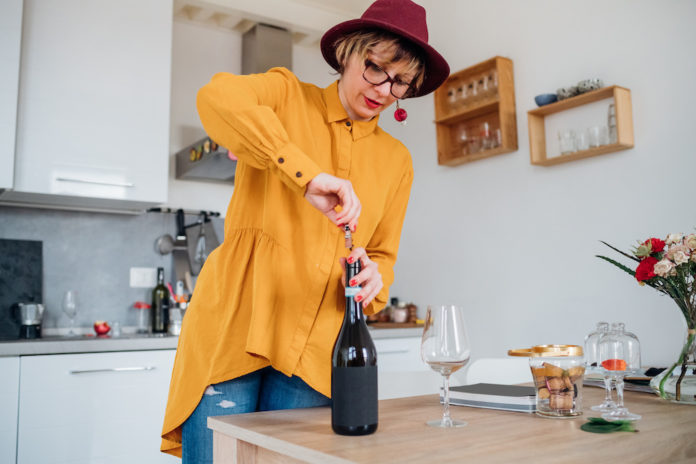What’s the best way to preserve opened wine? After all, the fun begins when wine is opened, but saving unfinished bottles for later enjoyment is tricky.
When a cork is pulled and wine is poured, a rush of oxygen-rich air triggers rapid changes that fundamentally alter the wine itself. Not simply our perception of it, as serving temperature or food context might. Most wines taste noticeably flattened after sitting open more than a few hours, because key aroma compounds are lost to evaporation progressively over time.
After a few days, unpleasant smells associated with oxidation and acetification appear, intensifying as the wine browns and starts down the path toward vinegar.
Many accessories on the market claim to preserve open wine, all of which attempt to block or slow the impact of oxygen. However, none can make wine taste exactly as it did upon pulling the cork, because wine is a volatile product that never stands still.
Wine preservation gadgets that aim to create a vacuum sadly inflict as much harm as they prevent; they may slow one form of spoilage but speed up the other, as explained below. Systems using inert gases like argon are far more effective, since they work by laying a protective blanket of sorts on the wine surface – think shrink-wrap in gas form.
However, the effectiveness fades after a few days, unless the wine is extracted without pulling the cork, as with Coravin devices.

Marnie Old is one of the country’s leading wine educators. Formerly the director of wine studies for Manhattan’s French Culinary Institute, she is best known for her visually engaging books published by DK – such as Wine: A Tasting Course. Marnie currently serves as director of vinlightenment for Boisset Collection.










